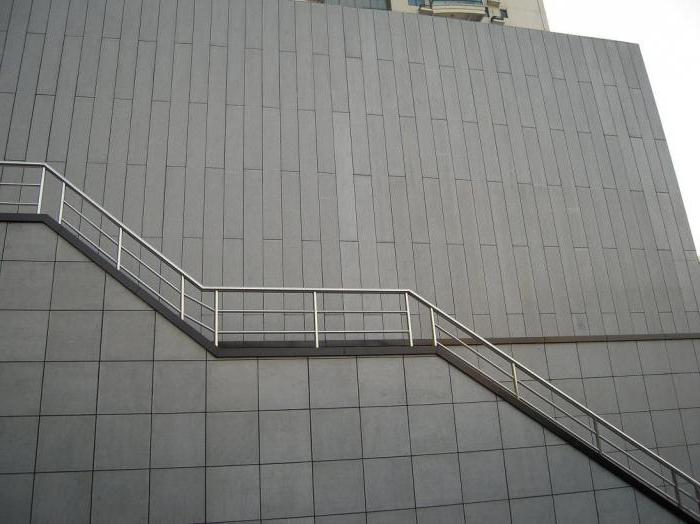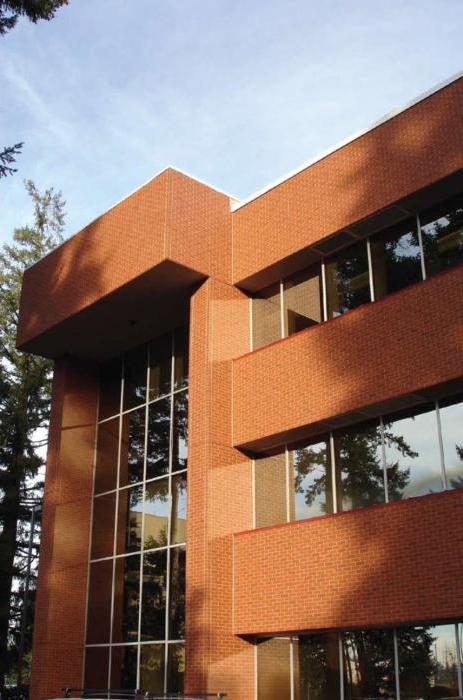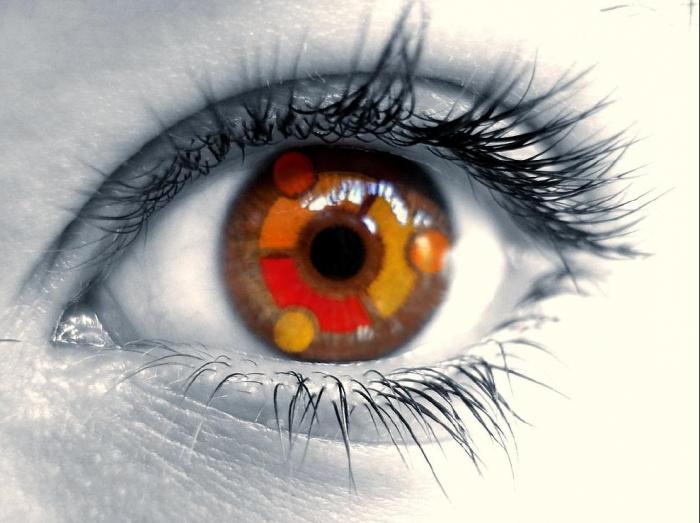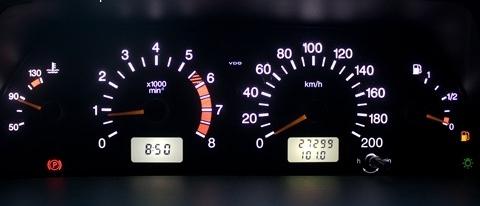In the construction of any type of buildings, specialattention is paid to the decoration of the facade, because it is his uniqueness that emphasizes the appearance of the building. The modern market is filled with a wide range of different finishing materials, which have many colors, shades, various textures. An excellent option for facing facades of buildings, cottages, private houses can become a fiber-cement panel.

What is this lining material?
Fibrocement panel - modern artificialmaterial that has a multilayer structure. It consists of cement-sand mortar, fiber fibers and special additives. The initial density of fiber cement depends on the volume of components such as water and air. Medium density panels are designed for small building projects. High-density products are used in large-scale projects.
Panels have a different texture (under the stone,wood, brick) and covered with a protective film. Each kind looks aesthetically and naturally. Finished products are heat treated, which is produced under high pressure in special chambers. This makes it possible to completely dehydrate them, which excludes any kind of deformation in the further operation.
Used fibrocement panel for facing facades of brick, wooden, frame buildings. Average weight 1 m2 is 16-38 kg. The panels can be mounted on a metal or wooden frame.

Specifications
All fiber-cement facade panels have the following properties:
incombustibility;
resistance to ultraviolet rays;
low water absorption coefficient;
resistance to corrosion;
thermal insulation;
frost resistance;
noise absorption;
- light weight.

Panel dimensions
Dimensions of facade fibrocement panels depend on the manufacturer. The thickness of the product varies from 8 to 35 mm. The width and length of the panels can be 455 x 3030, 455 x 1818, 910 x 3030 mm.
Most popular brands
In the domestic market, the largestpopularity Japanese fibrocement panels. Customer feedback on the technical characteristics of Nichiha brand products are only positive. These are solid panels that are distinguished by high quality and a huge selection of textures. Fillers for their production are natural fibers from hardwoods.
No less popular is the fibre-cement panel of the brandKmew. Products of this manufacturer have a hollow structure. Its improved characteristics make the panels durable and durable. Used as filler is chopped paper or cellulose.
The Russian facade fiber-cement panels of the brand "Rospan" and "Latonit" are also in good demand. Operational parameters allow to apply them in different climatic conditions.
Domestic fibrocement panels, reviewsbuyers of which are found the most diverse, have strength, durability, resistance to precipitation. In addition, they have an affordable price.

Installation of facade panels
Installation of front panels is similar to the installation of siding and provides three consecutive stages of work:
preparation of walls;
installation of the frame;
installation of fiber cement panels.
Before proceeding with the installation, firstturn should be measured and prepare the walls of the house. In order to detect unevenness, it is necessary to make a geodetic survey of the facade. Next, drain pipes, platbands, window sills and other finishing elements are removed. Check if there are fungus or mold on the walls, and eliminate all possible damages. After carrying out the preparatory work, they begin to install the frame.

Like all ventilated facades, fiber cementthe panel is attached to vertical guides, which can be wooden or metal. The distance between the slats should correspond to 40-60 cm. It is best to use the metal frame structure. For its fastening special brackets are provided. They are mounted vertically with a step distance from each other in 1 m, horizontally - in 60 cm. After the installation of the frame, a layer of vapor barrier and insulation is laid.
The final stage is the installation of panels.To do this, first set the starting bar, which will rely on the first row. Its width should correspond to the thickness of the panel. Mounting plates from the bottom up. The method of fixing the panels depends on their thickness. Thin products of 14 mm can be fixed with screws, and 18 mm thick - with special lock-clamps. The joints between the plates are sealed with a sealant. Cutting panels produced by specialized power tools.
A qualitatively made façade finish with fiber-cement panels imitating stone, brick or wood, will give the house a beautiful appearance that will please you for many years.












